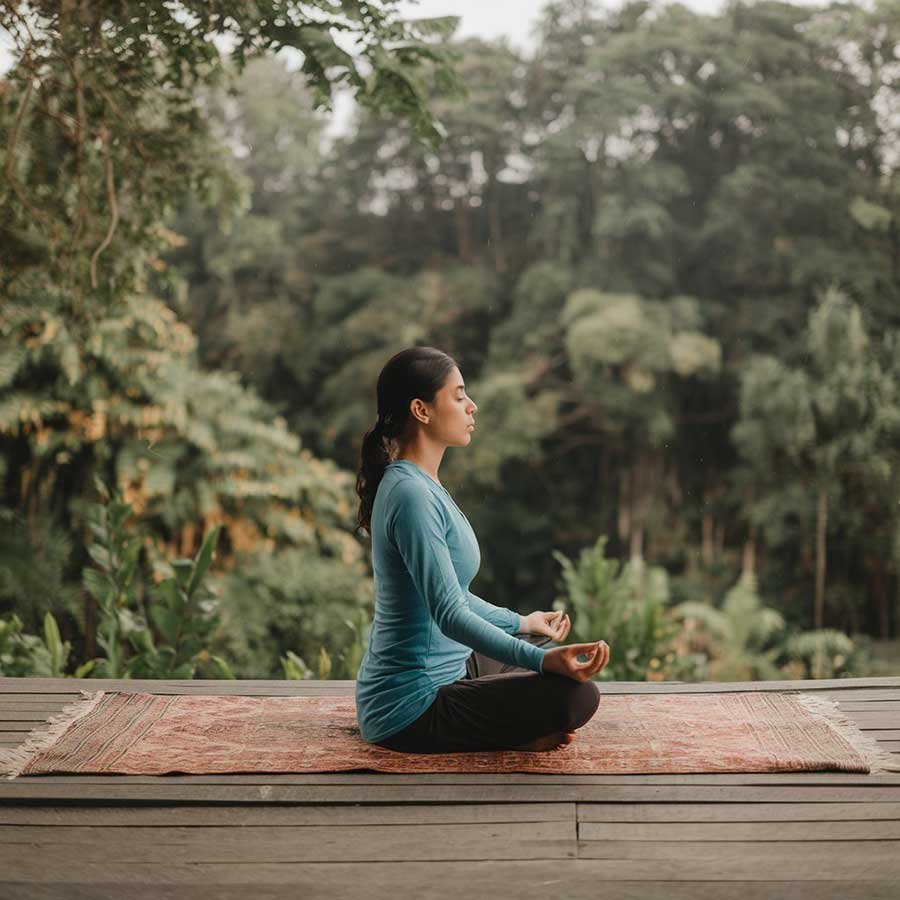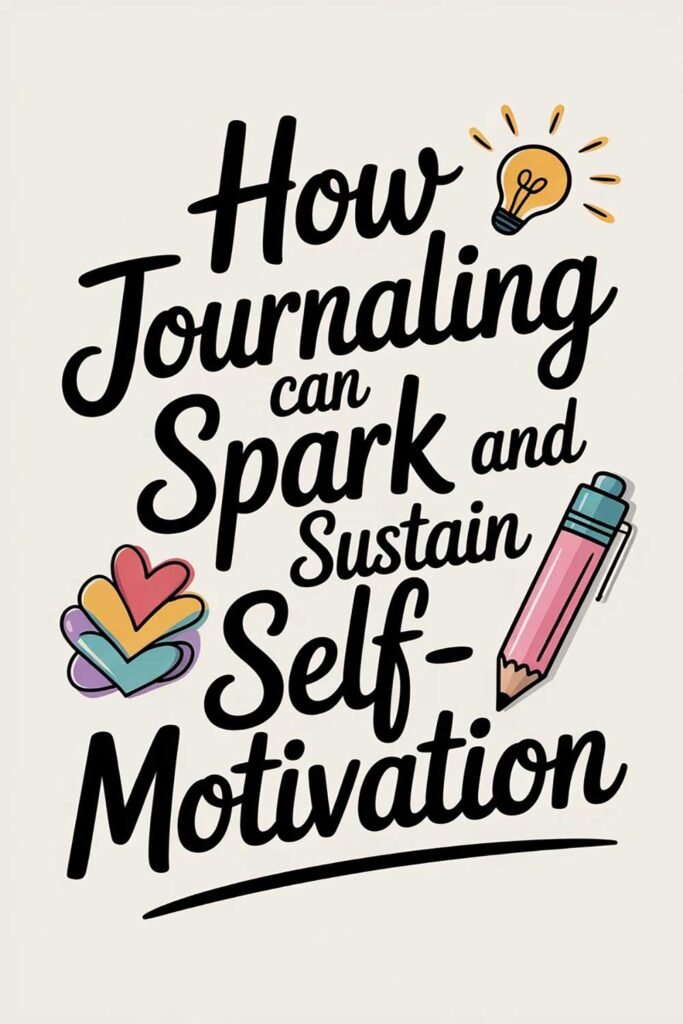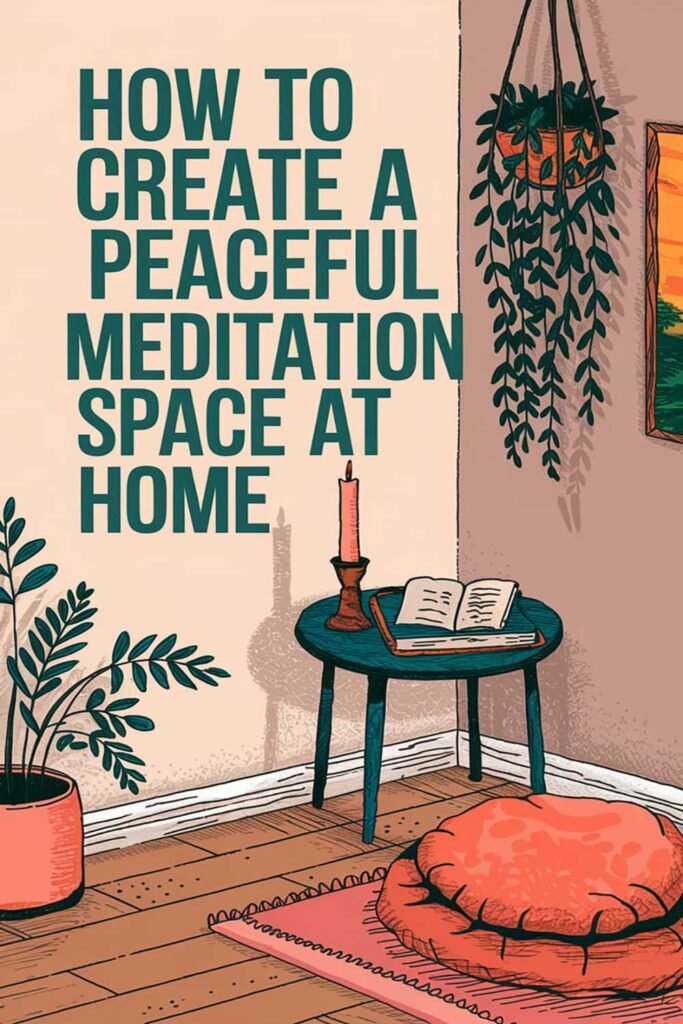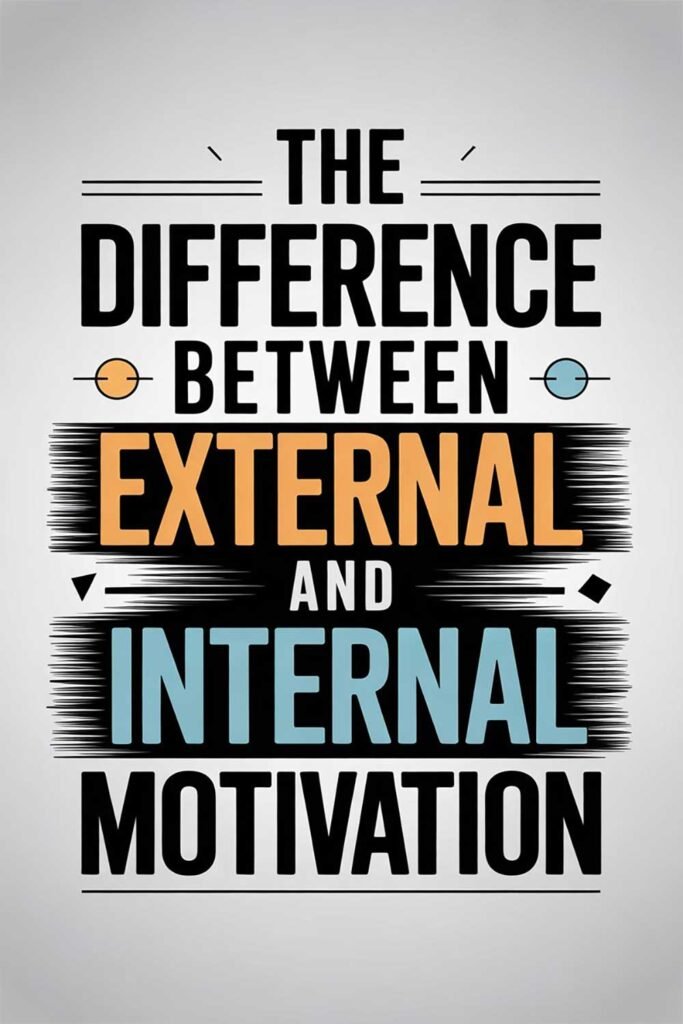
Meditation: A Guide to Finding Inner Peace and Clarity
What Is Meditation?
Meditation is the practice of focusing the mind and cultivating a state of awareness, relaxation, and clarity. Rooted in ancient traditions, meditation has been widely embraced in modern times for its profound benefits on mental, emotional, and physical well-being. Whether you seek stress relief, improved concentration, or spiritual growth, meditation can be a powerful tool to enhance your daily life.
The Benefits of Meditation
Scientific studies have shown that regular meditation can:
- Reduce stress and anxiety by lowering cortisol levels.
- Improve focus and cognitive function by strengthening neural connections.
- Enhance emotional well-being by promoting self-awareness and resilience.
- Lower blood pressure and improve heart health through relaxation techniques.
- Boost sleep quality by calming the nervous system before bedtime.
Different Types of Meditation
1. Mindfulness Meditation
- Focuses on being fully present and observing thoughts without judgment.
- Often involves breath awareness and body scanning techniques.
- Helps increase self-awareness and emotional regulation.
2. Guided Meditation
- Uses audio recordings or instructors to lead the meditation.
- Ideal for beginners who need direction in their practice.
- Often incorporates visualization, affirmations, or relaxation techniques.
3. Loving-Kindness Meditation (Metta Meditation)
- Focuses on cultivating compassion for oneself and others.
- Involves silently repeating phrases of goodwill, such as “May I be happy. May I be healthy.”
- Helps reduce negative emotions and increase positive feelings.
4. Transcendental Meditation
- Involves silently repeating a mantra to quiet the mind.
- Typically practiced for 20 minutes, twice a day.
- Used for deep relaxation and spiritual growth.
5. Zen Meditation (Zazen)
- Rooted in Buddhist tradition, focuses on seated posture and breath awareness.
- Encourages mindfulness and letting go of thoughts.
- Used for inner peace and deep concentration.
6. Movement-Based Meditation
- Includes practices like yoga, Tai Chi, and Qigong.
- Combines breath control with physical movement.
- Enhances mind-body awareness and energy flow.
How to Start a Meditation Practice
1. Find a Quiet Space
Choose a place free from distractions where you can sit comfortably.
2. Set a Time Limit
Start with just 5-10 minutes and gradually increase the duration as you become more comfortable.
3. Choose a Focus Point
This could be your breath, a mantra, or a guided meditation.
4. Adopt a Comfortable Posture
You can sit cross-legged, on a cushion, or in a chair with your back straight.
5. Observe Your Thoughts
Instead of trying to empty your mind, simply notice thoughts as they arise and gently bring your focus back to your breath or mantra.
6. Practice Consistently
Regular practice is key. Even a few minutes each day can have lasting benefits.
Common Challenges and How to Overcome Them
1. Restlessness and Wandering Thoughts
- Acknowledge the thoughts without frustration and gently refocus on your breath.
2. Finding Time for Meditation
- Incorporate meditation into your daily routine, such as first thing in the morning or before bed.
3. Expecting Immediate Results
- Understand that meditation is a practice. Progress comes with consistency and patience.
Picture This
Imagine starting your day with a few moments of stillness, breathing deeply and feeling a sense of calm wash over you. Throughout the day, you remain centered, focused, and less reactive to stress. By bedtime, your mind is at peace, allowing for deep and restorative sleep. Meditation isn’t just a practice—it’s a lifestyle that transforms how you experience life.
Share This with Someone Who Needs It
If this guide inspired you, share it with a friend or loved one who could benefit from meditation. Let’s cultivate a more mindful and peaceful world together.






